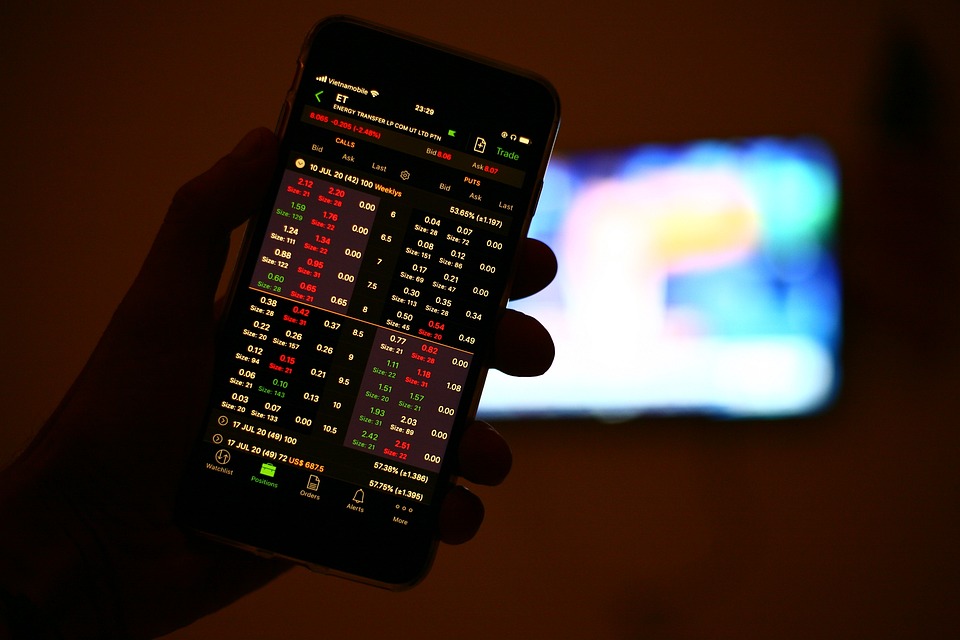The world of currency trading, also known as the Foreign Exchange Market or Forex, is a fascinating and complex space that offers traders a multitude of opportunities to buy, sell, and exchange currencies. As one of the largest and most liquid markets in the world, understanding the ins and outs of currency trading is crucial for anyone looking to succeed in this dynamic and ever-changing environment.
In this guide, we’ll delve into the basics of currency trading, exploring the mechanics of the market, the factors that influence it, and the various strategies and tactics that traders use to capitalize on the opportunities it offers.
What is Forex?
The Forex market is a global market that allows individuals, institutions, and organizations to buy, sell, and exchange currencies. It is the largest and most liquid market in the world, with daily trading volumes exceeding $5 trillion. The market is open 24 hours a day, five days a week, making it possible for traders to access and trade currencies from anywhere in the world.
The Mechanics of Forex Trading
Forex trading involves exchanging one currency for another currency at an agreed-upon exchange rate. The process is similar to buying a stock, except that currencies are traded in pairs (e.g., EUR/USD, USD/JPY). The exchange rate is determined by the interplay of supply and demand forces, with prices adjusted in real-time based on market conditions.
Currencies and Currency Pairs
The major currencies used in Forex trading are: US Dollar (USD), Euro (EUR), British Pound (GBP), Japanese Yen (JPY), Swiss Franc (CHF), and Canadian Dollar (CAD). Other currencies are also traded, but their liquidity and market share are significantly lower.
Currency pairs are combinations of two currencies, with the first currency being the base currency (e.g., EUR in EUR/USD) and the second currency being the quote currency (e.g., USD in EUR/USD). The exchange rate is quoted as the base currency’s value per quote currency, so a higher exchange rate means the base currency is worth more compared to the quote currency.
Factors That Influence Currency Prices
Currency prices are influenced by a range of factors, including:
- Economic indicators: GDP growth rates, inflation rates, employment rates, and other economic data points can impact currency prices.
- Monetary policy: Central banks’ actions, such as interest rate changes and quantitative easing, can affect currency values.
- Geopolitical events: News and developments related to countries’ trade policies, politics, and international relations can influence currency prices.
- Liquidity: The level of liquidity in the market can impact currency prices, with more liquid markets (e.g., EUR/USD) being less sensitive to supply and demand.
- Technical analysis: Chart patterns, trends, and indicators can help traders identify potential trading opportunities and make informed decisions.
Trading Strategies
There are several trading strategies that Forex traders use to capitalize on the opportunities in the market:
- Trend following: Identifying and following strong trends in the market.
- Mean reversion: Expecting prices to return to historical averages or means.
- Range trading: Looking for prices to oscillate within a narrow range before breaking out.
- Scalping: Short-term trading strategies that capitalize on small price movements.
Tips for Newcomers
For those looking to start trading in the Forex market, here are some essential tips:
- Start with a solid understanding of the basics: Learn about currency pairs, exchange rates, and trading strategies before risking your funds.
- Use reliable trading platforms: Choose platforms that offer robust technical analysis tools, market news, and customer support.
- Practice with a demo account: Before risking your funds, practice trading with a demo account to fine-tune your skills.
- Stay informed: Stay up-to-date with market news, economic data, and technical analysis to make informed trading decisions.
- Manage your risk: Set stop-loss levels, use leverage responsibly, and limit your position size to manage your risk.
In conclusion, the World of Currency Trading is a complex and dynamic space that requires a solid understanding of the mechanics, factors that influence it, and strategies that traders use to succeed. By following this guide, new traders can take their first steps in this exciting market and set themselves up for success. Happy trading!
